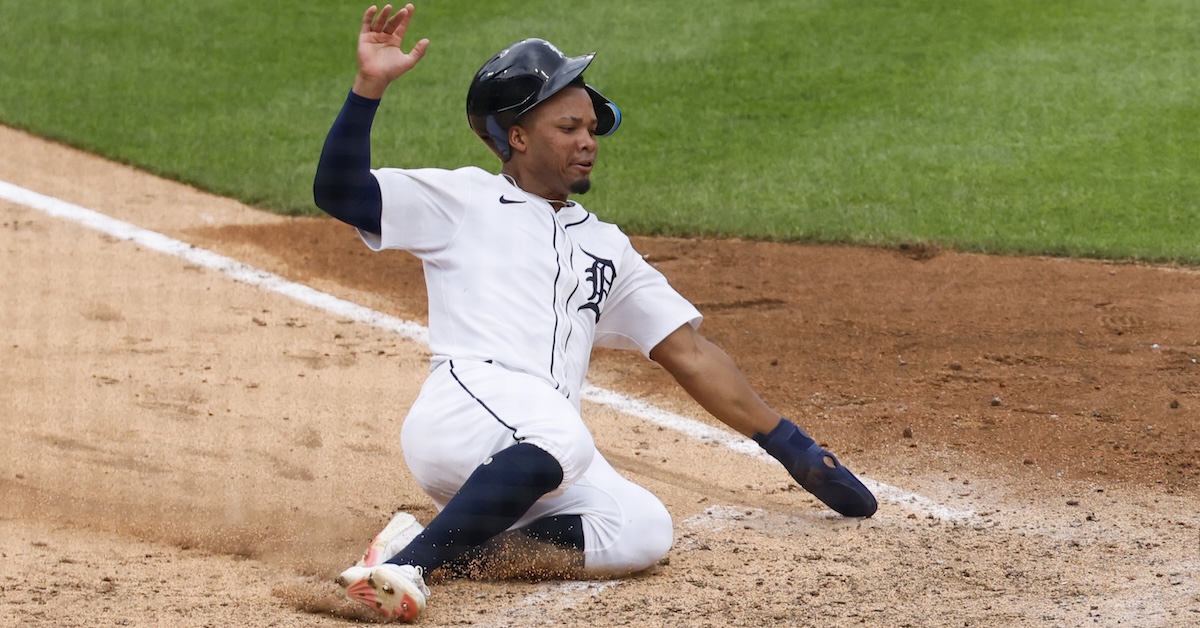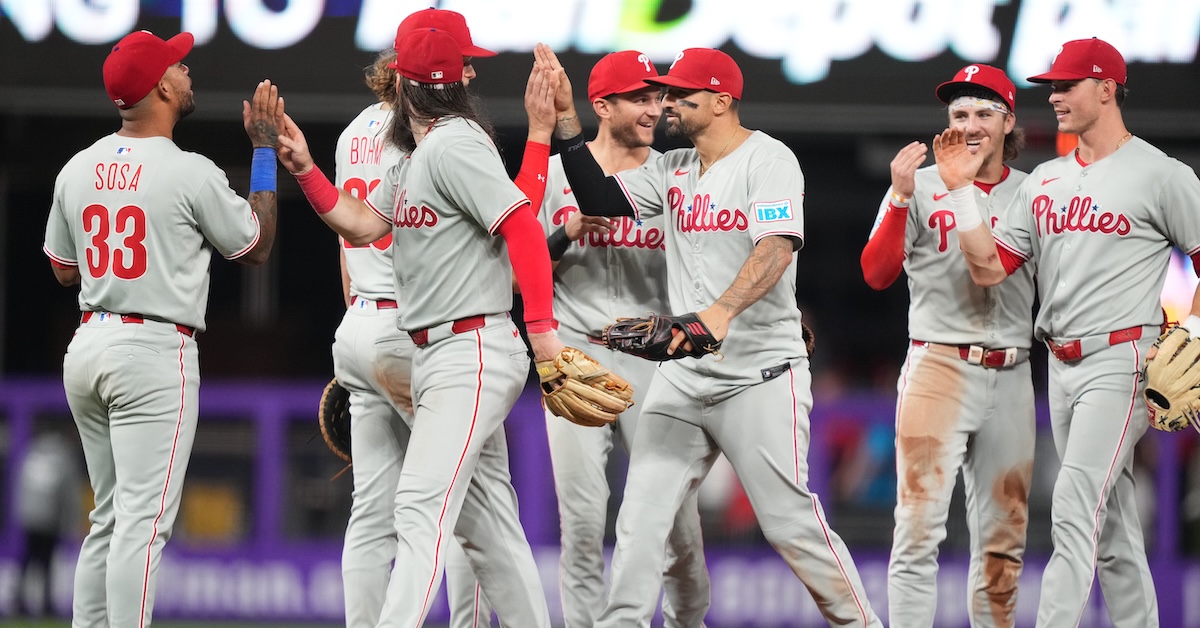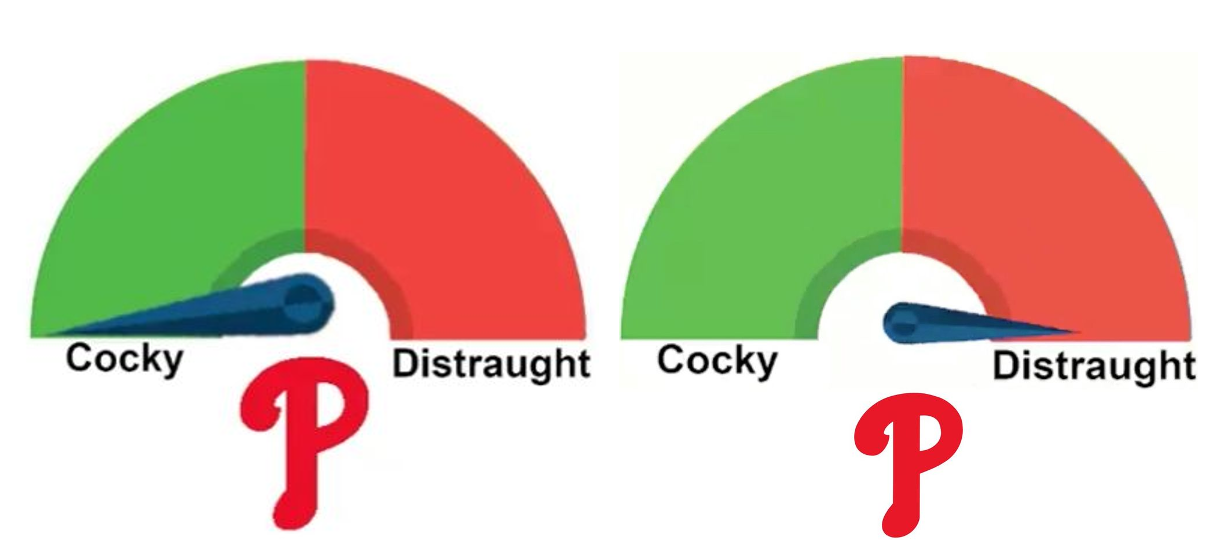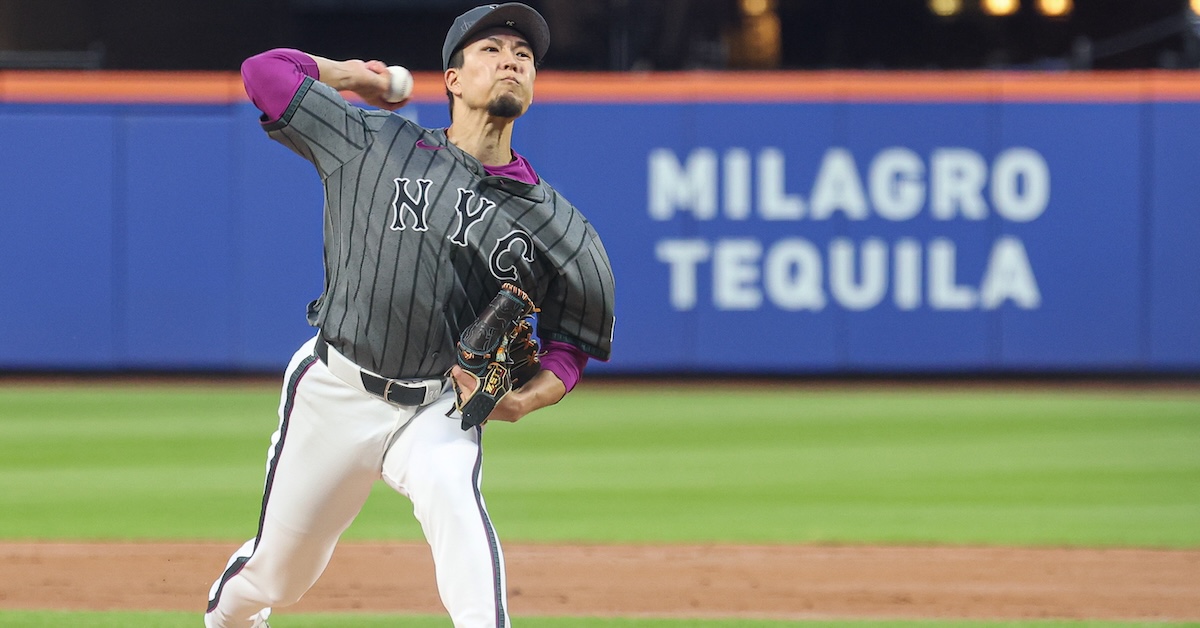Built Different or Skill Issue? A BaseRuns Game Show: Offense Edition

In a post yesterday, I wrote about the BaseRuns approach to estimating team winning percentages and how it attempts to strip away context that doesn’t pertain to a team’s actual ability, so as to reveal what would have happened if baseball were played in a world not governed by the whims of seemingly random variation. In this world, a win-loss record truly represents how good a team actually is. Try as it might, the BaseRuns methodology fails to actually create such a world, sometimes stripping away too much context, ignoring factors that do speak to a team’s quality, or both.
I delayed for a separate post (this one!) a deeper discussion of specific offensive and defensive units that BaseRuns represents quite differently compared to the actual numbers posted by these teams. To determine whether or not BaseRuns knows what it’s talking about with respect to each team, imagine yourself sitting in the audience on a game show set. The person on your left is dressed as Little Bo Peep, while the person on your right has gone to great lengths to look like Beetlejuice. That or Michael Keaton is really hard up for money. On stage there are a series of doors, each labeled with a team name. Behind each door is a flashing neon sign that reads either “Skill Issue!” or “Built Different!” Both can be either complimentary or derogatory depending on whether BaseRuns is more or less optimistic about a team relative to its actual record. For teams that BaseRuns suggests are better than the numbers indicate, the skill issue identified is a good thing — a latent ability not yet apparent in the on-field results. But if BaseRuns thinks a team is worse than the numbers currently imply, then skill issue is used more colloquially to suggest a lack thereof. The teams that are built different buck the norms laid out by BaseRuns and find a way that BaseRuns doesn’t consider to either excel or struggle. Read the rest of this entry »










